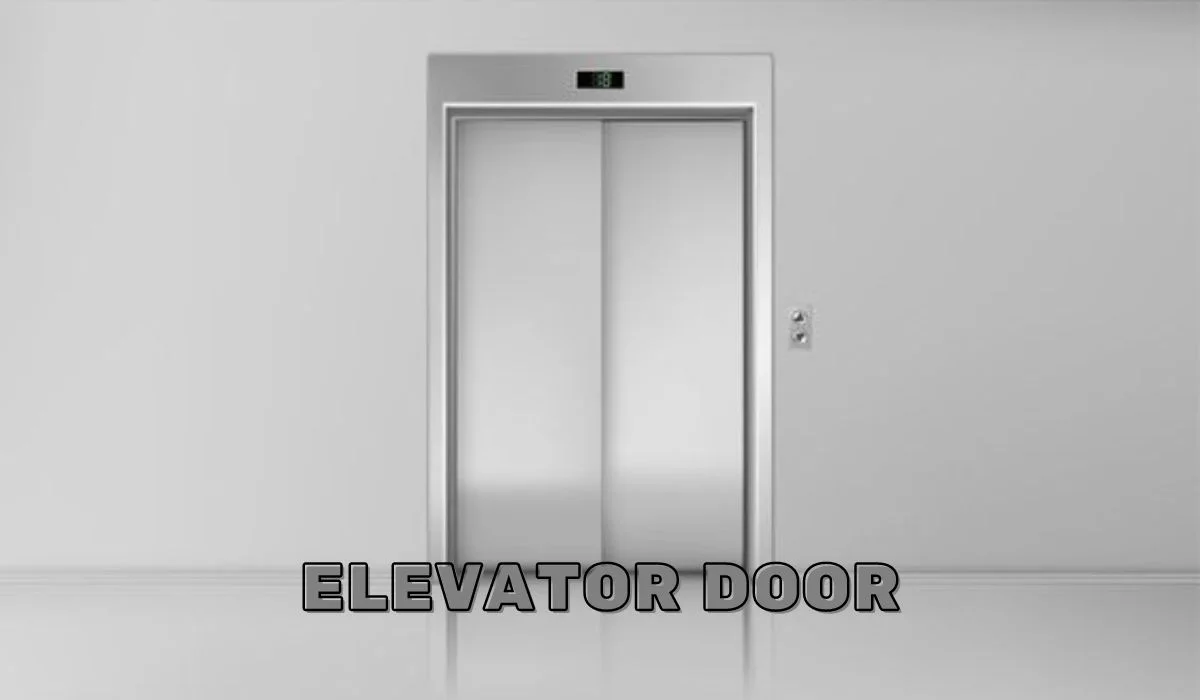In the realm of orthopedic care, innovation often dictates the quality of recovery and rehabilitation. One such pioneering advancement is the Aircast, a product that has set new standards for managing sprains and other injuries. By leveraging patented technology and graduated pneumatic compression, Aircast has revolutionized the way we approach injury treatment. This article delves into the development, technology, and impact of Aircast, providing a comprehensive overview of its role in modern healthcare.
Introduction to Aircast: Revolutionizing Injury Management
Aircast has emerged as a game-changer in the field of injury management. Unlike traditional methods, which often rely on static and cumbersome support, Aircast combines modern technology with ergonomic design to enhance patient recovery. By utilizing graduated pneumatic compression, Aircast addresses the limitations of older techniques, offering both effectiveness and comfort.
The Patented Technology Behind Aircast
What Makes Aircast Unique?
Aircast’s innovation lies in its patented technology, which incorporates graduated pneumatic compression. This technology involves a series of inflatable air cells within the brace or wrap. As the cells inflate, they apply controlled pressure to the injured area. This method contrasts sharply with static support systems, which can sometimes exacerbate swelling and discomfort.
How Graduated Pneumatic Compression Works
Graduated pneumatic compression functions by delivering a rhythmic, pulsating pressure to the affected area. This dynamic approach improves blood flow and reduces swelling more effectively than traditional methods. Furthermore, the adjustable nature of the air cells allows for a customized fit, which ensures that the compression remains consistent and comfortable throughout the recovery process.
Applications of Aircast Technology
Treatment of Sprains and Strains
Aircast is particularly effective for managing sprains and strains. These common injuries often require immediate and sustained compression to minimize swelling and support the healing process. Aircast’s ability to provide graduated pneumatic compression makes it ideal for these types of injuries, as it can adapt to the changing needs of the injury site.
Post-Surgical Rehabilitation
In addition to acute injury management, Aircast plays a crucial role in post-surgical rehabilitation. Following surgeries, especially those involving ligaments or joints, patients often experience significant swelling and discomfort. Aircast’s advanced compression technology helps manage these symptoms, promoting faster and more comfortable recovery.
Athletic Use and Performance Enhancement
Athletes frequently encounter injuries that demand effective management for quick recovery. Aircast’s technology offers athletes a reliable solution for both treatment and prevention. By integrating Aircast into their recovery routines, athletes can reduce downtime and maintain peak performance levels.
Benefits of Using Aircast
Enhanced Comfort and Customization
One of the standout features of Aircast is its emphasis on comfort and customization. Traditional braces and wraps can sometimes feel restrictive and uncomfortable. In contrast, Aircast’s design ensures that the compression is tailored to the specific needs of the patient, enhancing overall comfort and usability.
Improved Healing Outcomes
The combination of pneumatic compression and ergonomic design significantly improves healing outcomes. By effectively managing swelling and promoting better blood circulation, Aircast accelerates the recovery process. Patients often experience a reduction in pain and an improvement in mobility sooner than with traditional methods.
Versatility and Ease of Use
Aircast’s versatility extends beyond its applications to its ease of use. The device is user-friendly, with simple instructions for adjusting the compression levels. This ease of use makes Aircast accessible for a wide range of patients, from athletes to those recovering from surgery.
Aircast in the Context of Modern Orthopedic Care
Integration with Other Treatments
Aircast complements various treatment modalities, such as physical therapy and medication. By providing a reliable foundation for compression, it enhances the effectiveness of these treatments. This integration ensures a comprehensive approach to injury management, addressing multiple aspects of recovery simultaneously.
Evidence-Based Efficacy
Numerous studies and clinical trials support the efficacy of Aircast technology. Research consistently shows that pneumatic compression improves recovery times and reduces complications associated with injury management. This evidence reinforces the value of it in modern orthopedic care.
Comparative Analysis with Traditional Methods
When compared to traditional methods, Aircast demonstrates clear advantages. Traditional braces and wraps often lack the dynamic features of pneumatic compression, which can limit their effectiveness. Aircast’s innovative approach offers superior results in terms of swelling reduction, pain relief, and overall recovery.
Case Studies and Success Stories
Professional Athletes’ Experience
Many professional athletes have embraced Aircast as part of their injury management and recovery strategies. These success stories highlight the effectiveness of it in real-world scenarios. Athletes report quicker recoveries and enhanced comfort, underscoring the device’s impact on performance and rehabilitation.
Patient Testimonials
Patient testimonials provide valuable insights into the everyday benefits of Aircast. Users often share their positive experiences with reduced pain and faster recovery times. These personal accounts reflect the broader advantages of incorporating it into injury management protocols.
Future Developments and Innovations
Advances in Aircast Technology
The field of orthopedic care continues to evolve, and Aircast remains at the forefront of innovation. Future developments may include enhanced materials, further customization options, and integration with digital health technologies. These advancements will likely continue to push the boundaries of what is possible in injury management.
Expanding Applications
As Aircast technology advances, its applications may expand beyond current uses. Potential future applications could include management of chronic conditions, integration with wearable tech, and further refinement of pneumatic compression techniques.
Conclusion
Aircast has undeniably set a new standard of care in the management of sprains, strains, and post-surgical recovery. By leveraging patented technology and graduated pneumatic compression, it has transformed the approach to injury treatment. With its proven effectiveness, comfort, and adaptability, it continues to lead the way in modern orthopedic care. As the field advances, Aircast’s innovations will likely remain a cornerstone of effective injury management, offering hope and improved outcomes for patients worldwide.




